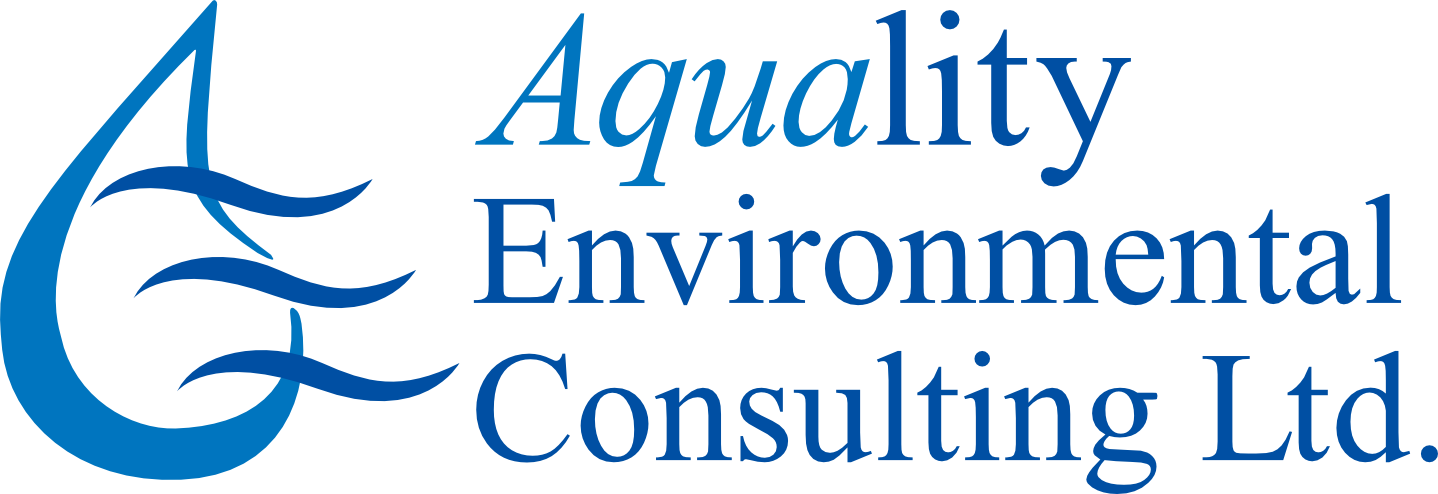BIA (Biophysical Impact Assessment) & WAIR (Wetland Assessment and Impact Report)
Biophysical Impact Assessments
The requirements of a Biophysical Impact Assessment are dependent upon the requirements of the County the work will be completed in.
General requirements:
Describe the proposed project and provide rationale,
Identify regulatory requirements,
Describe the existing environment including vegetation, wildlife, soils, terrain and wetlands,
Predict the environmental impacts of the proposed project,
Recommend mitigation and compensation measures,
Identify cumulative effects,
Recommend monitoring, if required.
Wetland Assessment and Impact Report
A Wetland Assessment and Impact Report (WAIR) must be prepared by an Authenticating Professional and submitted with Water Act applications where impacts to a wetland will occur. A WAIR includes the identification and classification of the wetlands, the delineation of the wetland boundary, and the results of the on and offsite Alberta Wetland Rapid Evaluation Tool (ABWRET). WAIR’s were formally Wetland Impact Assessments (WIA) before the implementation of the Alberta Wetland Policy. The requirements of a WIA are also required in the WAIR.
The requirements of a WIA as outlines by the Provincial Wetland Restoration/Compensation Guide are as follows:
Wetland area
Hydrologic assessment
Statement of wetland benefits:
o Hydrological
o Ecological
o Economical
Wetland classification based on either the Stewart and Kantrud or Cowardin Wetland Classification Systems.
Flora and fauna at the site, including presence of rare or endangered species
Type of wetland margin and average width of wetland margin
Surrounding upland use
Drainage area contributing to the wetlands
Review of historical aerial photographs
Existing wetland conditions
Photographs detailing the delineated wetland area, margin, and immediate upland area.
Statement of avoidance, minimized impacts, or impacts.


